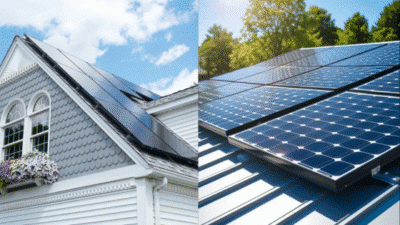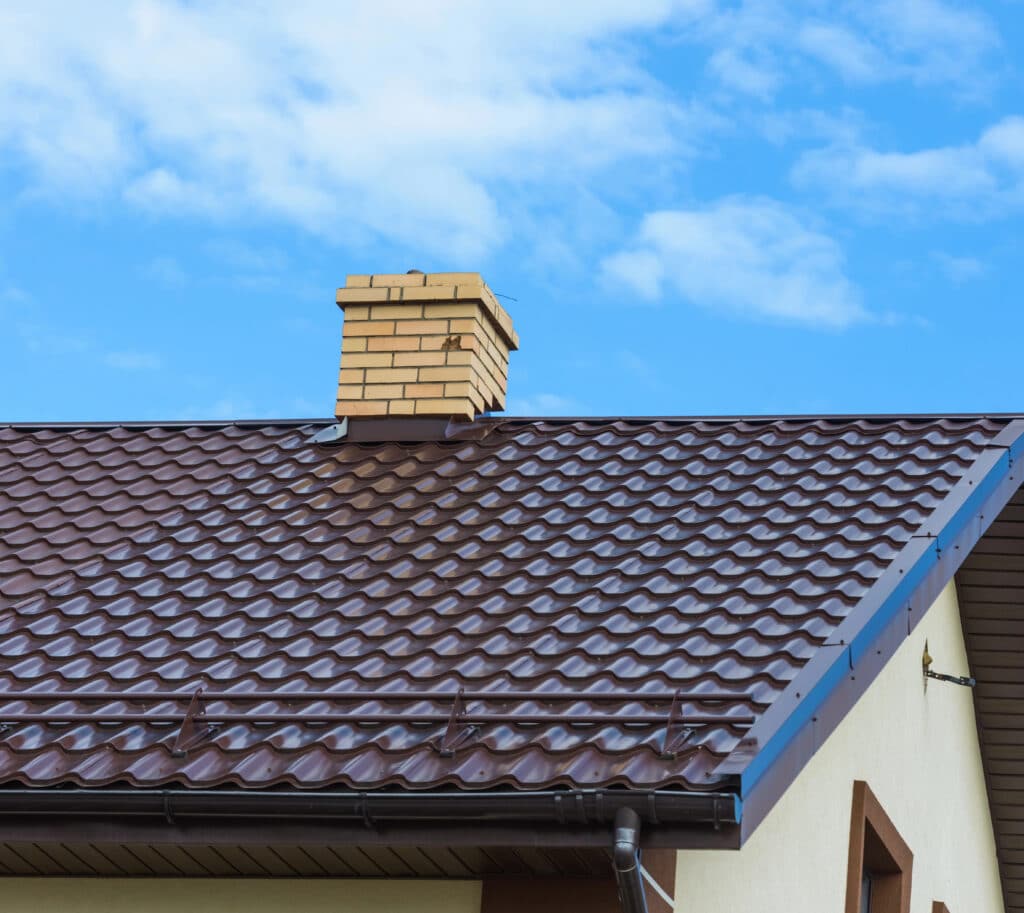
Preparing a home’s roof for hurricane season is essential to reduce damage and ensure safety. Identifying weak spots, securing shingles, and clearing debris are critical steps to protect the structure. The most effective way to prepare a roof is by inspecting it thoroughly, repairing any damage, and reinforcing vulnerable areas before a storm approaches.
Many homes suffer avoidable damage simply because preparation was delayed or incomplete. Taking timely action can prevent costly repairs and minimize water intrusion during high winds. Homeowners who understand what to look for and how to address potential issues will be better equipped to weather the storm.
Knowing practical steps that homeowners can take to strengthen their roofs in advance of hurricane season is crucial.
Inspecting Your Roof for Hurricane Preparedness
A thorough roof inspection identifies potential weaknesses that could worsen storm damage. It also helps determine if expert evaluation is necessary to secure the home before hurricane season.
Identifying Common Roof Vulnerabilities
Inspectors or homeowners should check for missing, cracked, or curling shingles. Damaged shingles allow rainwater infiltration and wind damage. Look for loose or rusted flashing around chimneys, vents, and skylights, as these spots are prone to leaks.
Debris buildup in gutters and downspouts should be cleared to ensure proper water drainage. Check for sagging areas or soft spots on the roof deck, which indicate structural weakness. Examine the attic for signs of leaks, such as stains or mold.
Recording all issues with photos and notes aids in repair prioritization.
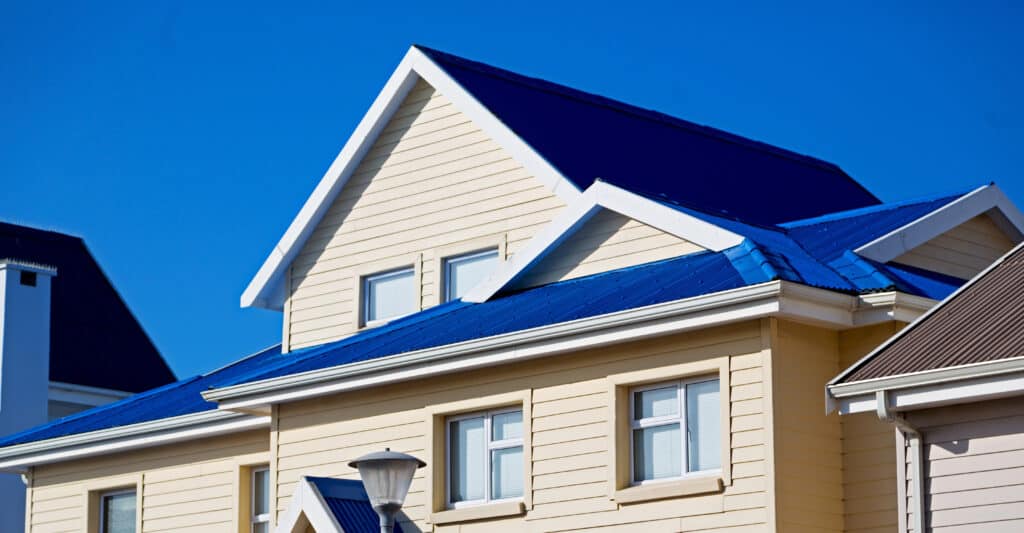
Scheduling Professional Roof Inspections
Hiring a licensed contractor, like Jackson Contracting, ensures a detailed and safe evaluation. Professionals use specialized tools to assess roof fastening, underlayment condition, and overall integrity.
They can identify root causes of visible damage and anticipate failure points during high winds. Scheduling inspections well before hurricane season allows time for necessary repairs or reinforcements.
A professional will also verify compliance with local building codes for wind resistance. Early investment in expert inspection may reduce costly storm damage later.
Reinforcing Roofing Materials and Structures

Proper reinforcement of roofing materials strengthens the roof against high winds and flying debris. Using the right techniques to secure shingles and upgrade fasteners minimizes the risk of damage during a hurricane.
Securing Shingles and Tiles
Shingles must be inspected for loose or damaged pieces before hurricane season. Applying roofing cement or extra nails around edges helps prevent wind from lifting shingles.
For tile roofs, replacing broken or cracked tiles is essential. Tiles should be firmly anchored with corrosion-resistant clips or fasteners designed for hurricane-prone areas.
Proper sealing of joints between shingles or tiles reduces water intrusion under high wind pressure. Regular maintenance checks can identify weak spots before severe weather strikes.
Upgrading Roof Fasteners
Standard nails often fail under hurricane-force winds, so using ring-shank nails or screws offers better grip. These fasteners resist pull-out forces more effectively than smooth nails.
The fastening pattern should also be reinforced. Installing additional fasteners at the edges and ridges, where wind pressure is highest, increases roof stability.
Using corrosion-resistant materials like stainless steel for fasteners extends their lifespan and maintains their strength during prolonged exposure to rain and salt air.
Protecting and Maintaining Roof Features
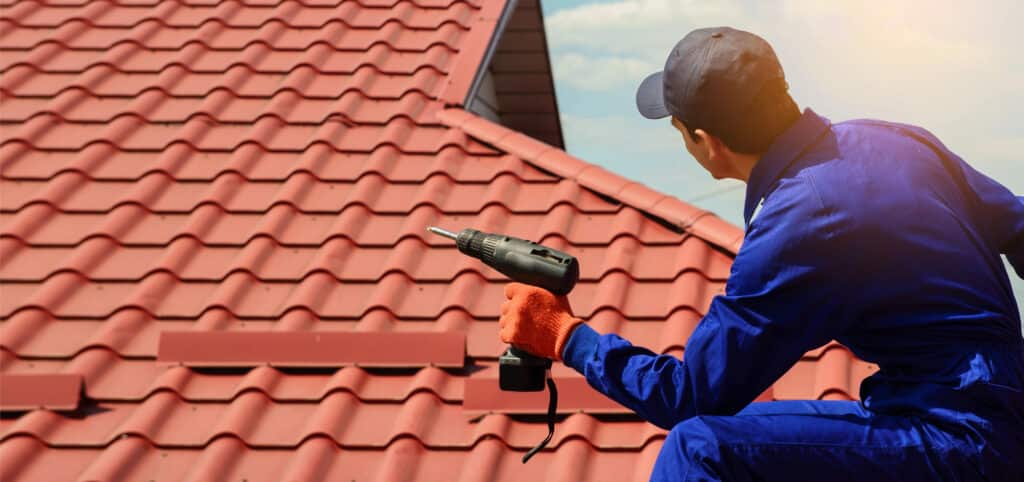
Proper upkeep of roof elements reduces the risk of water damage and structural issues during storms. It involves clearing debris, checking for damaged components, and removing potential hazards near the roof.
Cleaning Gutters and Downspouts
Gutters and downspouts must be free of leaves, dirt, and debris to ensure proper water drainage. Blockages can cause water to pool on the roof, increasing the chances of leaks and damage.
Homeowners should use gloves and safety equipment when removing buildup. Flushing gutters with a hose after cleaning helps confirm water flows smoothly through downspouts. It’s essential to repair or replace any sagging or broken sections to maintain consistent drainage.
Inspecting Flashings and Seals
Flashings seal vulnerable roof areas like chimneys, vents, and skylights. Checking flashings for rust, cracks, or gaps prevents water infiltration during heavy rain.
Seals around these features must be intact and flexible. Damaged sealant should be removed and reapplied with weather-resistant roofing cement or caulk. Proper inspection typically requires close examination from a ladder or roof access, paying attention to any lifted or missing materials.
Trimming Overhanging Branches
Branches extending over the roof can cause damage from impact during high winds. They also drop leaves and debris that block gutters and promote mold growth.
Regularly trimming branches to maintain at least a 10-foot distance from the roof limits these risks. Trees should be pruned carefully to avoid weakening their structure. Professional tree services may be necessary for large or hard-to-reach limbs.
Emergency Readiness and Long-Term Roof Care
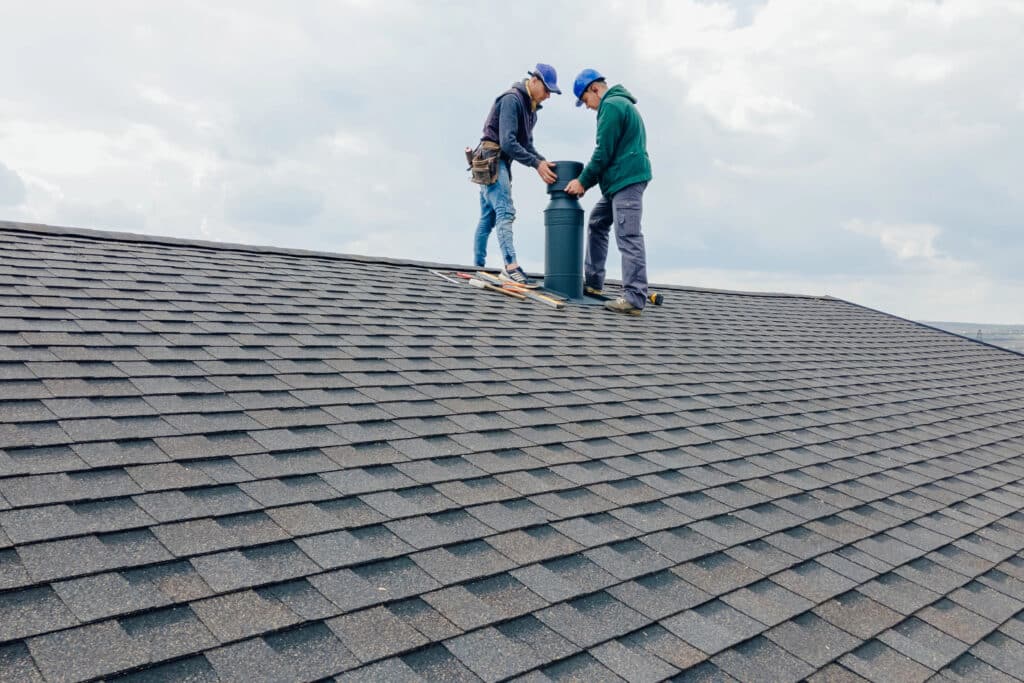
Preparation and follow-up actions are critical for protecting the roof before and after a hurricane. These steps help ensure safety and extend the roof’s lifespan through systematic planning and inspections.
Creating a Hurricane Readiness Checklist
A detailed checklist helps homeowners address essential roof preparations before a hurricane. It should include items such as:
- Inspecting shingles or tiles for damage or looseness
- Clearing gutters and downspouts to prevent water backup
- Securing outdoor equipment that might become airborne
- Reinforcing roof edges and flashing with appropriate sealants or fasteners
- Verifying attic ventilation and checking for loose insulation
Homeowners should update this checklist annually to reflect any roof repairs or changes in hurricane preparedness recommendations. Keeping necessary tools and materials, like tarps and nails, ready is also important for quick response.
Planning for Post-Storm Roof Inspection
After a hurricane, a thorough roof inspection is critical to identify hazards and damage that could lead to leaks or structural issues. Trained professionals should assess the condition of shingles, flashing, gutters, and the overall roof structure.
The inspection should focus on:
- Missing or broken shingles
- Cracks or gaps in flashing
- Signs of water infiltration or stains inside the attic
- Debris accumulation that could lead to clogs or damage
Documenting damage with photos and notes is useful for insurance claims. Prompt repairs reduce the risk of worsening damage and help maintain long-term roof integrity.
- 0shares
- Facebook0
- Pinterest0
- Twitter0

